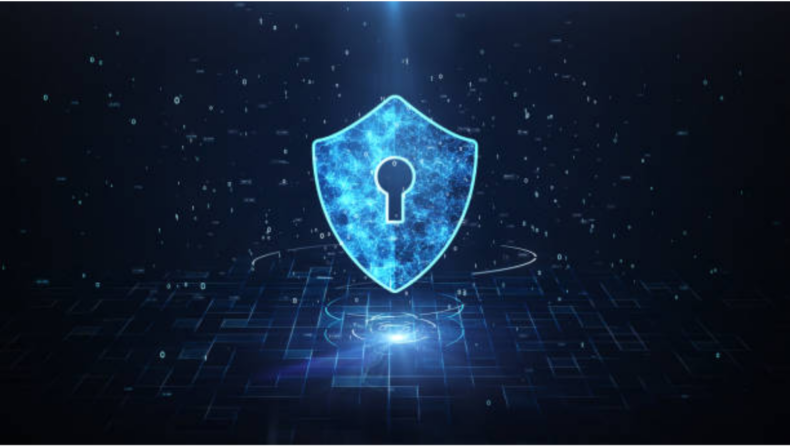
The current status of medical cyber security technology reflects an ever-increasing target for hackers produced by an IT network. Thus, has expanded links to many businesses and devices through acquisitions and connections.
As a result, better cloud computing and greater research into artificial intelligence and blockchain will help to protect patient data. However, even with a slew of technological improvements, such as enhanced antimalware, anti-phishing, and security products with deep intelligence features, healthcare businesses will continue to face a high rate of cybercrime.
Healthcare IT analysts and security executives are especially on the lookout for rising risks to linked medical device security. Medical gadgets, they feel, will be the next target of cybercriminals. Considering the high black-market benefits of health records as compared to stolen credit cards. And also, the social security numbers, cybercrime is becoming more attractive.
The dangers of security are increasing
Medical device security breaches grow more common. Therefore, healthcare IT security executives will need to use the same security software, rules, and procedures that are used for other IT devices.
The health IT security executives will need to develop an inventory of wireless diagnostic equipment. As to run a successful program to assure linked medical device security.
A possible blockchain proving ground
Blockchain, which works as a virtual ledger that checks transactions within a “block” of data, is a crucial security component. Any tampering is difficult because each transaction must be confirmed by computers within the blockchain’s peer-to-peer network. Importantly, blockchain allows for better transaction verification and validation. As well as limiting access to data records, resulting in fewer eyes on the data.
Several blockchain use cases in healthcare will boost security and data protection. To create a permanent record of the transaction and give a robust audit trail. Provider and consumer identity, device identification, supply chain management, and interoperability are just a few of the application cases.
Blockchain gives IT managers the chance to reimagine how security should be applied to healthcare transactions.
Healthcare staff should receive security training
Technology is very much vital. It’s also critical to ensure that every employee is aware of the steps they can take to protect health data in their daily activities. Hospitals should focus more on educating employees and giving them proper security training. Like how to spot phishing, spear phishing, and even whaling, a sort of phishing campaign that targets CEOs.
All of the high-profile ransomware attacks began with malware. The malware is embedded in a link or attachment in an email, which is subsequently accessed by an unwitting recipient. Healthcare institutions should make it mandatory for all employees to take security training, which should include how to spot a phishing email.
To supplement this training, some healthcare organizations will send imitation phishing emails to identify staff members who require more training and reminders about being cautious and reviewing emails that appear even somewhat suspect.
Human mistake is to blame for any patient data breaches. Individuals that are empowered must make better security decisions.
Conclusion
While new security tactics will be created as a result of novel technologies, existing challenges will persist: there are few competent IT employees dedicated to cybersecurity activities.
As cybercrime as a service becomes more common, and cyber criminals become more ‘professional’ by marketing their skills to wannabe cybercriminals, ransomware attacks will increase. Security specialists are in high demand, and it can be challenging for healthcare institutions, particularly smaller hospitals in rural regions, to attract and keep them.
More hacker dangers are coming to healthcare businesses, notably via connected medical equipment, but health IT workers can turn to AI and blockchain for relief.













